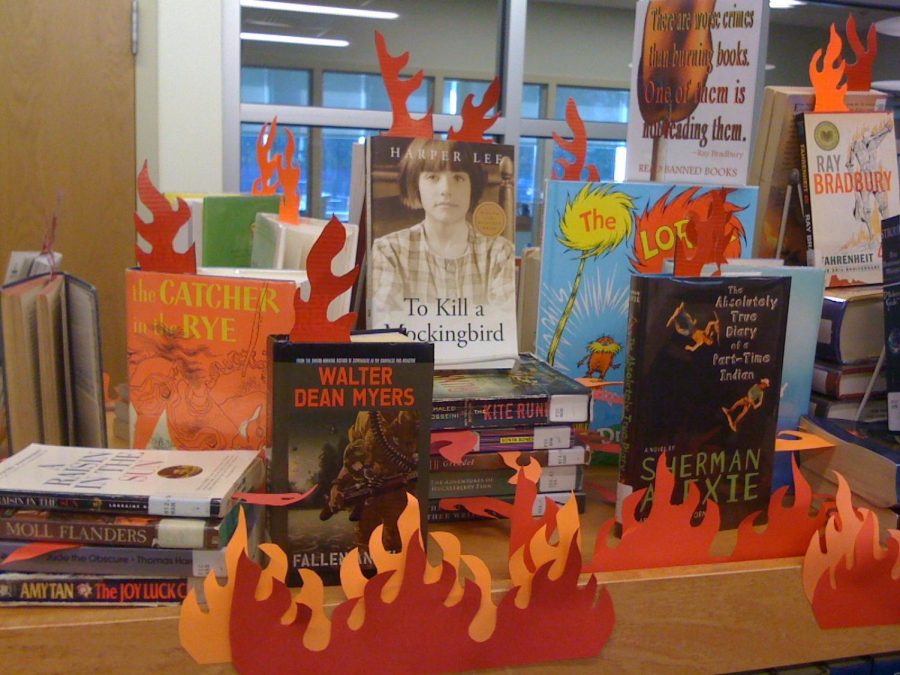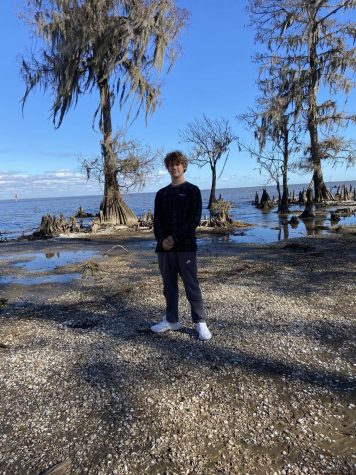To Kill an Education
February 8, 2023
Note: This is the second of two works examining censorship
Book banning is a form of censorship that started in 1637 when the Puritan government banned “The New English Canaan of Thomas Morton.” The book was considered “a harsh and heretical critique of Puritan customs.” Nowadays, top reasons for banning books include sexual content and offensive language. It’s also important to mention that a huge majority of challenges are initiated by outraged parents.
The problem of book banning is rapidly increasing, too. According to CBS, as recently as the 2021-2022 school year, more than 1,600 book titles were banned in over 2,500 instances. During this period, most bans were on books about racism, police brutality, transgenderism, homosexuality, and abuse. All of these are trending social issues that our country is struggling with. Whether you agree with the opinions in these books or not is for the reader to decide, but when you just outright ban a book, you’re keeping the youth ignorant about what’s going on around them.
In middle school, I learned a lot about social problems like racism and discrimination when we read the book “To Kill a Mockingbird” by Harper Lee. We watched the movie in class and were assigned the book afterward. It’s a coming-of-age story following a girl in 1930s Alabama named Scout Finch. Scout’s father is a lawyer defending a black man accused of beating and raping a white woman. The evidence clearly shows the man is innocent, but he is still charged because everybody in their town is racist. There are a lot of life lessons this book has to offer, mainly about the value but also the unfairness of life. Reading it in school provided value to me and my classmates.
Before reading this book, I didn’t know much about racism and discrimination. These problems didn’t make sense to me at that young age. The truth is, there’s bad white people, bad black people, good white people, and good black people. It didn’t seem logical to discriminate against a whole group of people. But after reading “To Kill a Mockingbird,” I understood better. Racism and discrimination are easier for me to recognize.
As of this year, “To Kill a Mockingbird” has been banned in tons of classrooms across America. It is one of the most challenged books of all time and has been banned thousands of times for the use of the N-word, depictions of violence, and racism. Keep in mind, the book is following the defense attorney trying to help a black man who is being falsely accused of a crime. In no way does “To Kill a Mockingbird” advocate racism, using racial slurs, or committing violence, nor are they portrayed in a positive light. In fact, the whole point of the book is to condemn these actions and show why these things are wrong. But now across America, kids are missing out on these lessons because some upset parents can’t handle their son or daughter reading the N-word.
Banning books is a huge, ignored problem in our country. Students should not be kept in the dark about potentially unsettling truths, especially in schools. Schools are supposed to teach children what they need to know to function in the real world. By banning books, we are only slowing that growth, which could be detrimental to future generations. If parents aren’t going to educate their kids on these topics, then they shouldn’t try to hinder their kids’ learning experience at school.
Read a previous opinion piece about censorship here.



